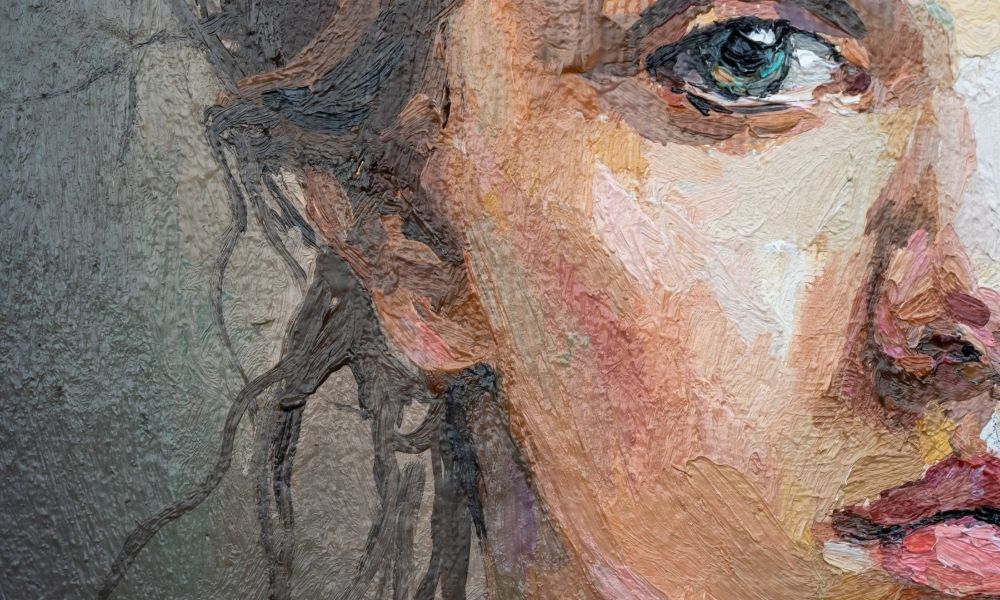Is art simply art? Or perhaps something more? Experts in the art world certainly think so and separate pieces based on set criteria and style distinctions. Even artistic styles or movements are further divided into different categories in the modern marketplace. These two art forms are known as decorative art and fine art.
What is the difference between decorative art and fine art? The line is thin, but you’ll find subtle distinctions between these expressions of artistry. Whether you’re starting a refined collection or decorating your luxe home, here’s what you should know to select the perfect piece.
The Importance of Decorative Art and Design
All art is decorative by nature. However, whether art is pure or commercialized depends on the artisan’s chosen subject matter, form, and medium. Art made to appeal to a broader audience—and sell more quickly—would be defined along the decorative lines. Any art that falls into this spectrum is meant to be beautiful yet functional in a specific space or situation.
Furnishings, ceramics, jewelry, and textiles are all popular forms of décor art. Décor art and objects in a home communicate a similar message to their audiences. Ergo, when selecting these art forms as décor, aesthetic appeal and cost-effectiveness are the core considerations to keep in mind.
The Uniqueness of Fine Art Forms
The difference between decorative art and fine art lies most in originality due to the one-of-a-kind deep meaning of fine art. Fine art is visually-based and unique in the eye of each beholder, such as a painting, drawing, or sculpture. Due to its experimental nature, fine art is creative work that may end up in a museum or gallery collection—and not necessarily a living space. In a home, fine art pieces offer value as focal points of rooms that fit form and function around them.
Created to engage, excite, and evoke viewer emotion, fine art uses more complex artistic processes and high-end materials. For this reason, fine art creates a number of loyal followers and collectors.
The Modern Significance of Artwork
The line between decorative art and fine art does overlap, even more so for collectors. Yet if you’re dipping your toes into the sophisticated market of original fine art collecting, it’s a wise idea to recognize the difference between these classifications.
Curating an exclusive art collection is a process, and you’ll find that your taste and appreciation can change over time. Art can be useful, art can be beautiful, or art can offer simultaneous aesthetic beauty and functional value. The choice for your luxurious home is up to you.







